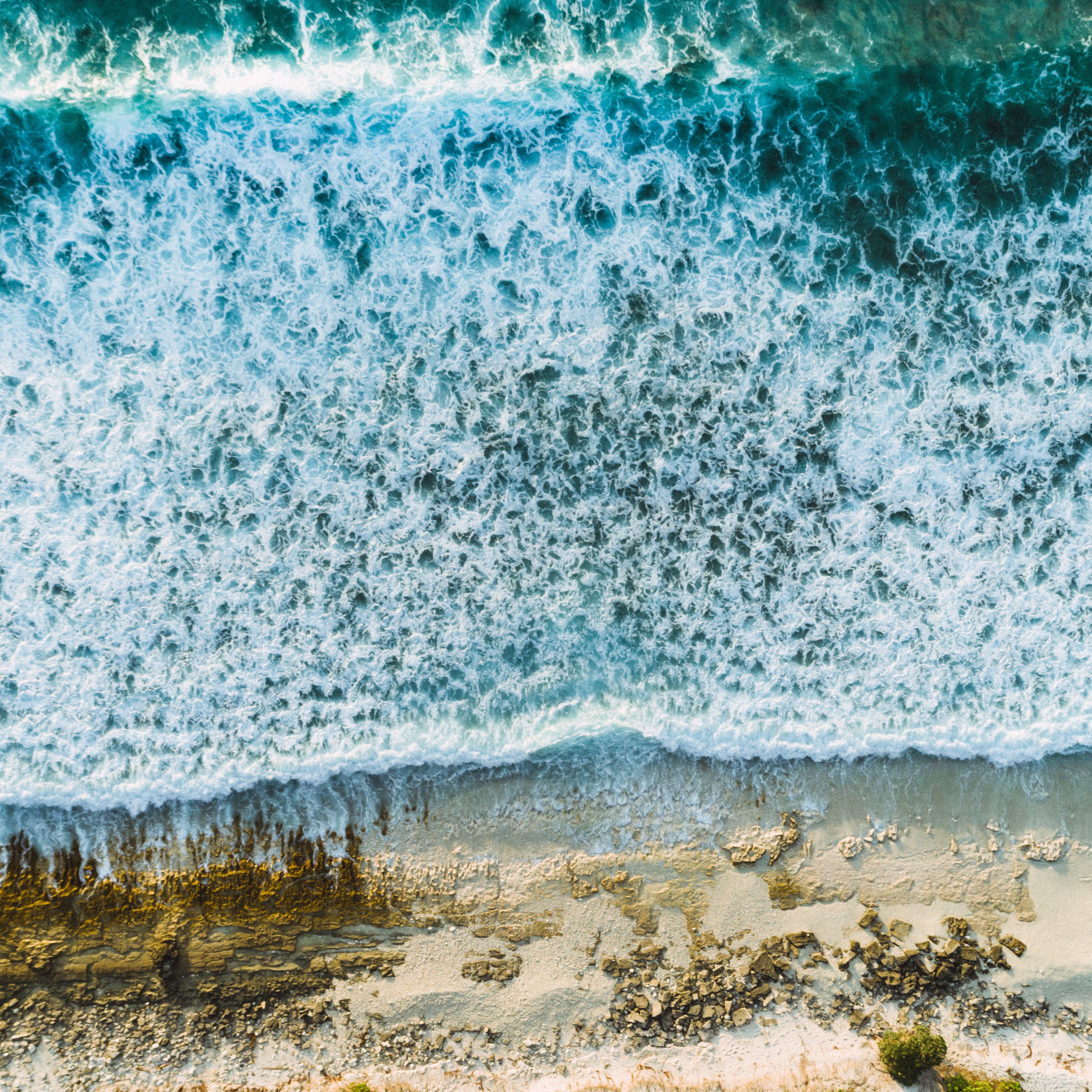Words by Alex Eales
Photography by Jasper Eales
Growing up on a farm where one was free to roam, barefoot, for hours from home only to return at dark existing on an afternoon snack of shorn sheep’s tails and potatoes fresh out of the earth cooked in the flames of a makeshift fire; it is easy to feel the city creep under one’s skin.
Thus, an approaching camping weekend in the Cederberg Wilderness area sets one’s instincts alight. Gear is packed the night before departure, no matter what the time...the want for the wilderness takes priority over the usual anxiety around getting the mandatory 7 hours sleep. The Troopy trawled through town, hauling in mates with sleeping bags and tents in tow, frothing to hit the road and avoid Friday traffic. I am sure this is when the adventurous types make peak use of their cell-phones – sending week sign off mails from their 4x4 mobile office (I mean, surely it counts if its branded).

Leaving the N7 highway at Citrusdal with tyres gripping rocky gravel now and gaining altitude fast, one is rapidly transcended into a completely different landscape, or wintery moonscape rather. This rocky landscape is rich for mixing up the weather, tricking many departing from scorching mid-summer below only to find misty and blustery mountaintops. Making camp and huddling around a fire under the gargantuan and dark Cederberg sky is something special. Waking up with the sun streaking over the surrounding rocky peaks making the morning mist trapped in the valley glisten is extraordinary. Firing up our gas stove to satisfy the a.m. tea and coffee requirements, we scanned the steep horizon and plotted the ‘scenic route’ to “The Apex”.

The Cederberg, an area a couple hours North-West of Cape Town, is famous for its spectacular rock formations that were sculpted by wind and water over many millions of years. Almost the entire area consists of sedimentary rock, sandstone and shale. According to Barnard & Greeff (1993) the Cederberg was a prominent feature since before the breaking up of Gondwanaland 130 million years (Ma) ago. Forming about 330 Ma ago when climatic change set in and the rapid growth of the continental ice sheets resulted in a drop in sea level, exposing the upper sediments and causing erosion. This process was enhanced by scouring actions of large continental glaciers moving over these exposed layers. The result was the formation of the high mountains with cathedral-like spires and gargoyles, and deep valley landscapes, of the Cederberg mountains we know today.

Photo Cred: @jenineemmabruce
The vegetation of the area changes from Fynbos to Succulent Karoo as the climate and geology change from west to east. It is quite remarkable when viewed from the highest peaks where huge rocks seem to be teetering one on top of the other juxtaposed against the gently sloping mountains with flat tops fading into the Tankwa Karoo in the distance. The Fynbos Biome is largely within the boundaries of the Western Cape with an estimated 9 500 species of which 70% are endemic and contained in this biome. One would never tell by the abundance of colour, shapes and textures that these plants are largely confined to soils that are well-leached and infertile.

Needless to say, the solitude and breathtaking natural beauty of the area is captivating. This is, after all, an area where leopards and caracals roam abundantly and free. Exposure to natural elements and a degree of freedom and isolation ensures a true wilderness experience that will draw one back time after time.
Sharing a moment with friends (wobbly, scratched legs from the day’s adventure aside) alongside a crystal clear expanse of water reflecting the almost-full moon rising from behind rocky peaks kissed with pink, orange and gold light of the setting sun, and the potjie bubbling away in the background – is food for the soul.






